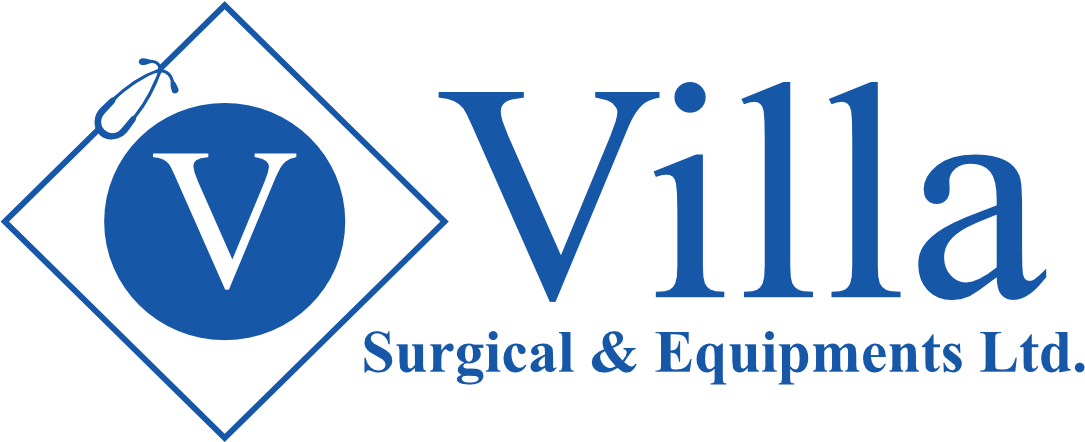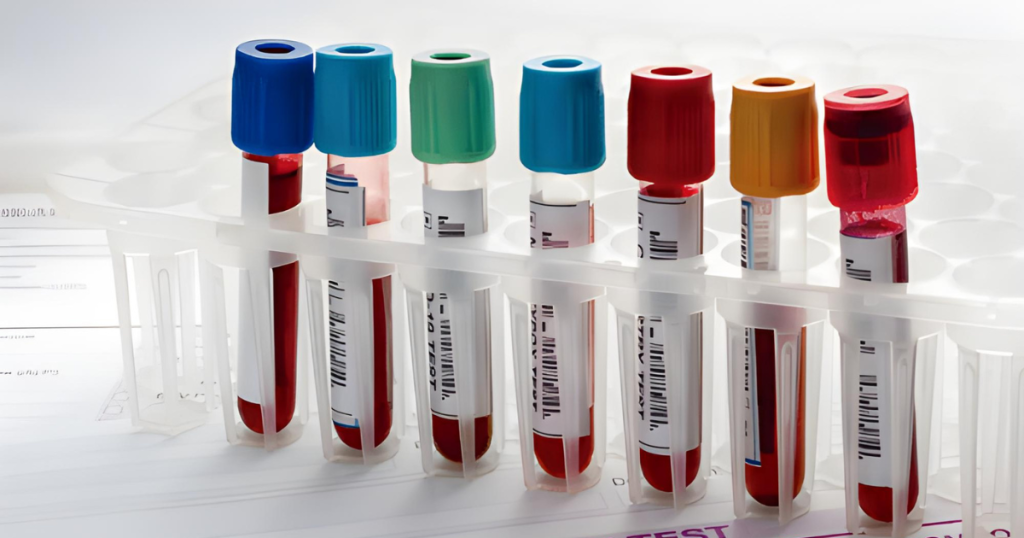At Villa Surgical, we prioritise the safety of healthcare professionals and patients during all blood collection procedures. Proper handling of blood collection supplies is critical in preventing infections and ensuring reliable laboratory results.
This guide outlines key safety practices tailored for Kenyan healthcare facilities and laboratories to maintain high standards of hygiene and efficiency.
Understanding Blood Collection Supplies
Blood collection supplies include the essential tools used in venipuncture and sample handling. These typically include:
-
Needles: Safety needles, butterfly needles, and syringes.
-
Collection Tubes: Vacuum tubes containing specific additives depending on required tests.
-
Tourniquets: Used to help locate and access veins easily.
-
Antiseptics: Alcohol wipes or chlorhexidine for disinfecting skin.
-
Sharps Containers: Secure, puncture-proof containers for safe disposal of used sharps.
1. Personal Protective Equipment (PPE)
Always use the recommended PPE to prevent exposure to infectious materials:
-
Gloves: Disposable latex or nitrile gloves; change between patients or when contaminated.
-
Gowns or Lab Coats: Long-sleeved, fluid-resistant to protect skin and clothing.
-
Eye & Face Protection: Safety glasses or face shields to prevent splashes.
-
Masks: Especially important when aerosolisation is possible or required by facility policy.
2. Hand Hygiene
Maintaining proper hand hygiene is the simplest yet most powerful infection-control measure.
-
Before interacting with a patient: Wash hands with soap and water for 20 seconds or use alcohol-based sanitiser (≥ 60 %).
-
After the procedure: Remove gloves and sanitise again.
-
Tip: Re-sanitise if you touch non-sterile surfaces during setup.
3. Preparing the Work Area
Organised preparation ensures efficiency and safety.
-
Disinfect the work surface with approved clinical disinfectants.
-
Gather all supplies before beginning.
-
Arrange tools logically by procedure step.
-
Keep only essential items within reach to reduce contamination risk.
4. Proper Use of Tourniquets
Tourniquets help locate veins but must be used correctly:
-
Place 7–10 cm above the puncture site.
-
Do not exceed one minute of application.
-
Release as soon as blood flow is established.
-
Always monitor patient comfort.
5. Disinfecting the Entry Site
Proper antiseptic technique prevents infection:
-
Use 70 % isopropyl alcohol or chlorhexidine, depending on policy.
-
Wipe in circular motion, outward from the puncture site.
-
Allow the area to air-dry completely before insertion.
6. Blood Collection Technique
Precise handling ensures safety and accurate results:
-
Insert needle at a 15–30° angle depending on vein depth.
-
Fill collection tubes in the correct order of draw (e.g., culture → coagulation → serum → EDTA).
-
Gently invert tubes to mix additives without causing haemolysis.
7. Safe Disposal of Sharps
Prevent injuries by adhering to sharps safety procedures:
-
Dispose of needles immediately after use in a sharps container—never recap.
-
Use puncture-proof, leak-resistant containers marked as Biohazard.
-
Replace containers before they are full, and dispose of them per Kenyan biohazard waste regulations.
Conclusion
Following these safety protocols protects both staff and patients while maintaining sample integrity. Villa Surgical supports healthcare professionals in Kenya by supplying certified, hospital-grade blood collection equipment designed for safety, precision, and reliability.

